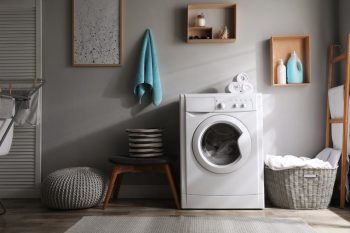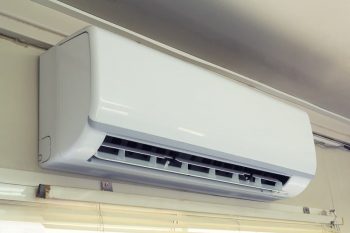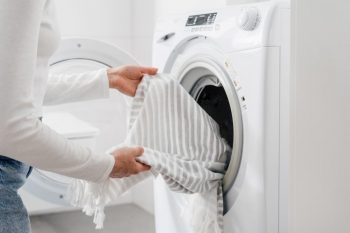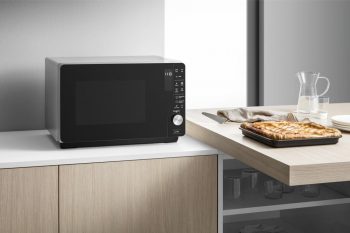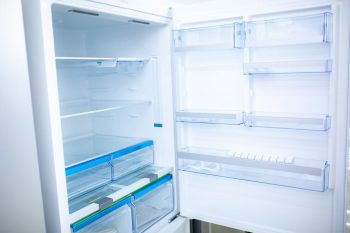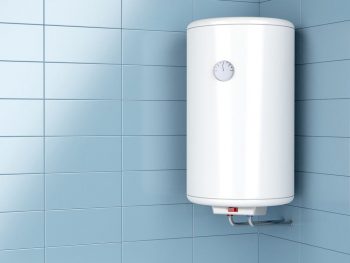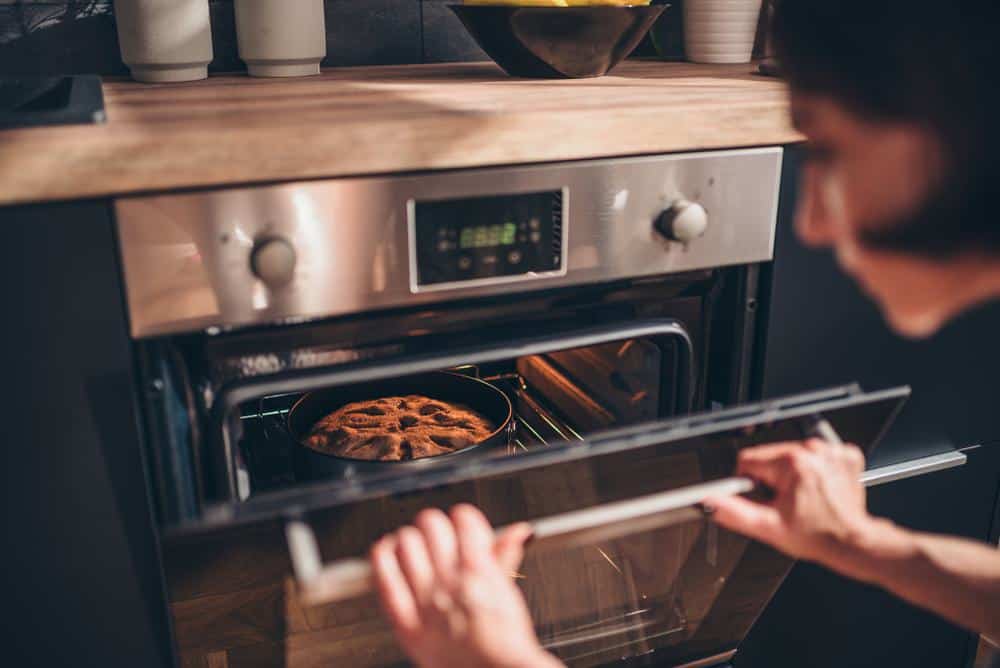
An oven hood, also known as a range hood or kitchen hood, is a significant component of any kitchen setup. But what does an oven hood do? In this comprehensive guide, we’ll delve into the functionality of the oven hood, its types, installation process, maintenance, and more.
An oven hood, also known as a range hood or kitchen hood, is a device that hangs above the stove in your kitchen. It contains a mechanical fan that helps remove airborne grease, combustion products, fumes, smoke, heat, and steam from the air. This improves the air quality in the kitchen, providing a clean and comfortable environment for cooking and living. It also offers potential health benefits such as improved indoor air quality, prevention of harmful gas buildup, and reduced respiratory issues.
What is an Oven Hood?
An oven hood is a device containing a mechanical fan that hangs above the stove or cooktop in your kitchen. It serves an essential purpose: to remove airborne grease, combustion products, fumes, smoke, heat, and steam from the air by evacuation and filtration. This function improves the air quality in the kitchen, protecting your health and providing a comfortable, clean environment for cooking and living in your home.
How Does an Oven Hood Work?
An oven hood uses an active fan to draw in smoke, grease, and moisture from the cooking surface. There are two main types of range hoods: ducted and ductless. Ducted range hoods move the kitchen air through ducting and outside the home, ensuring better indoor air quality. On the other hand, ductless range hoods use recirculating ventilation to clear the air above the stovetop.
Types of Oven Hoods
There are several types of oven hoods available in the market, each offering unique features and designs:
- Wall Mounted Hoods
- Island Hoods
- Range Hood Inserts
- Under Cabinet Hoods
- Professional-Grade Hoods
- Retractable Downdraft Hoods
- Microwave Hood Combinations
Installing an Oven Hood
The installation process of an oven hood involves several steps and may require professional assistance, depending on your comfort level with electrical wiring and installations. You can consult an HVAC contractor or a renovation contractor for range hood installation.
Maintenance and Cleaning
The frequency of maintaining or cleaning an oven hood depends on the type and volume of cooking taking place in the kitchen area. Regular inspections and cleanings can help prevent fire hazards and extend the lifespan of the exhaust system components.
Energy Efficiency Considerations
There are energy efficiency considerations to keep in mind when using an oven hood. Look for range hoods with energy-saving features such as Energy Star certification, LED lighting, variable fan speeds, and ventilation timers.
Health Benefits of Using an Oven Hood
Using an oven hood can provide several potential health benefits, including improved indoor air quality, prevention of harmful gas buildup, reduced respiratory issues, mold prevention, and enhanced comfort during cooking.
Benefits of Having an Oven Hood
Having a range hood in your kitchen can significantly improve your cooking experience, maintain a cleaner and more comfortable environment, and potentially increase the value of your home.
In conclusion, an oven hood is a crucial kitchen appliance that offers numerous benefits. From improving air quality and reducing heat in the kitchen to preventing the buildup of harmful gases and enhancing the overall cooking experience, the importance of a range hood cannot be overstated. Whether you’re designing a new kitchen or upgrading an existing one, consider investing in a high-quality oven hood.
Frequently Asked Questions
What is the difference between a ducted and ductless oven hood?
A ducted oven hood, also known as a vented hood, removes air from the kitchen and expels it outside through a duct. This type of oven hood is generally more effective at removing heat, smoke, and odors, but its installation is more complex and may require professional help. On the other hand, a ductless hood, also known as a recirculating hood, filters the air and then recirculates it back into the kitchen. This type is easier to install but may not be as effective at removing heat and strong odors.
How often should I clean my oven hood?
The frequency of cleaning your oven hood depends on how much you cook and the types of food you prepare. However, as a general rule, it’s recommended to clean the grease filters at least once a month. This can be done by hand washing or placing them in the dishwasher, depending on the manufacturer’s instructions. The exterior of the hood should be cleaned as needed to prevent grease buildup.
Are range hoods necessary in all kitchens?
While not legally required in all areas, range hoods are highly recommended for all kitchens. They provide ventilation, reducing odors, heat, and airborne grease. This not only makes the kitchen a more comfortable place to cook but also helps prevent the buildup of potentially harmful gases and particles, promoting a healthier living environment.
Can I install an oven hood myself?
Yes, it’s possible to install an oven hood yourself, especially if it’s a ductless model. However, the process can be complex and requires some knowledge of electrical wiring and installations. If you’re not comfortable with this, it’s recommended to hire a professional.



